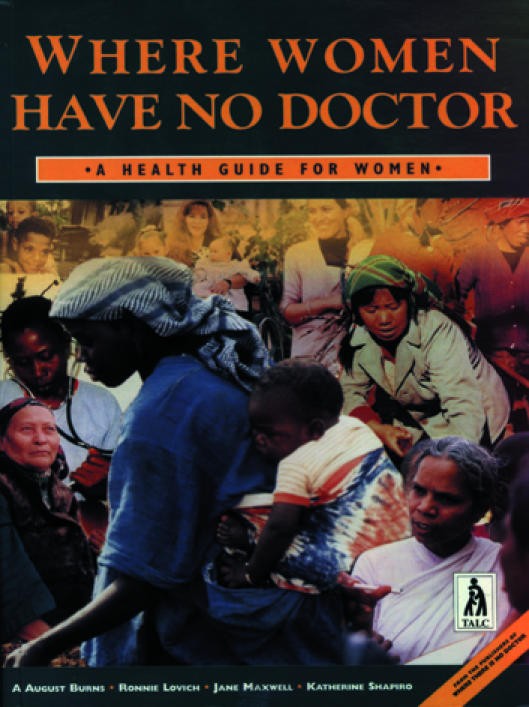Simplified medical texts have proven valuable in educating the public about important health conditions in industrialized nations. Now, similar affordable publications are increasingly needed in developing countries, particularly on evergreen topics like pregnancy, childbirth, and infant care.
The Hesperian Foundation, concerned about the well-being of women in areas “where there is no doctor or where health care is not affordable,” has developed a “self-help medical information” monograph. Where Women Have No Doctor: A health guide for women aims to empower women to care for their own health and to equip community health workers and others to meet women’s health needs. It includes information useful for individuals with and without formal healthcare training.
Beyond reproductive health and obstetric emergencies, this resource offers relevant information on nutrition, medical problems, disabilities, mental health, and social issues impacting women in underprivileged communities. The text is easily accessible, providing links to additional information on key topics, and is enhanced by over 1000 expressive drawings and key messages.
 Diagram illustrating the female reproductive system, highlighting key organs and their functions.
Diagram illustrating the female reproductive system, highlighting key organs and their functions.
A notable feature of Where Women Have No Doctor: A health guide for women is its detailed description of illustrative case studies. These examples examine the root causes of health problems and present feasible solutions. The real-life scenarios are designed to encourage motivated readers to take action in their own communities, including mobilizing support and resources.
The narrative is designed to be comprehensible for a large proportion of literate women. However, the sections detailing drug descriptions and healthcare skills may be too complex for the intended audience. This complexity risks inappropriate or dangerous application of incomplete knowledge in unsupervised settings. The copyright holders state that they “do not assume liability for the use of information contained in this book.” This disclaimer highlights the inherent challenges of self-help medical information.
Self-help medical information, like Where Women Have No Doctor: A health guide for women, can be a controversial approach to improving women’s health in areas lacking doctors. High rates of poverty, illiteracy, and inadequate access to quality healthcare can significantly hinder the effective use of such a resource, even with translation and local adaptation. For instance, providing information about expensive antibiotics or techniques for measuring blood pressure without access to necessary instruments may be impractical in resource-limited settings. Future editions should consider differentiating between knowledge suitable for lay women and that intended for paramedics. In summary, Where Women Have No Doctor: A health guide for women is a good start, but could benefit from further tailoring to different user groups.
